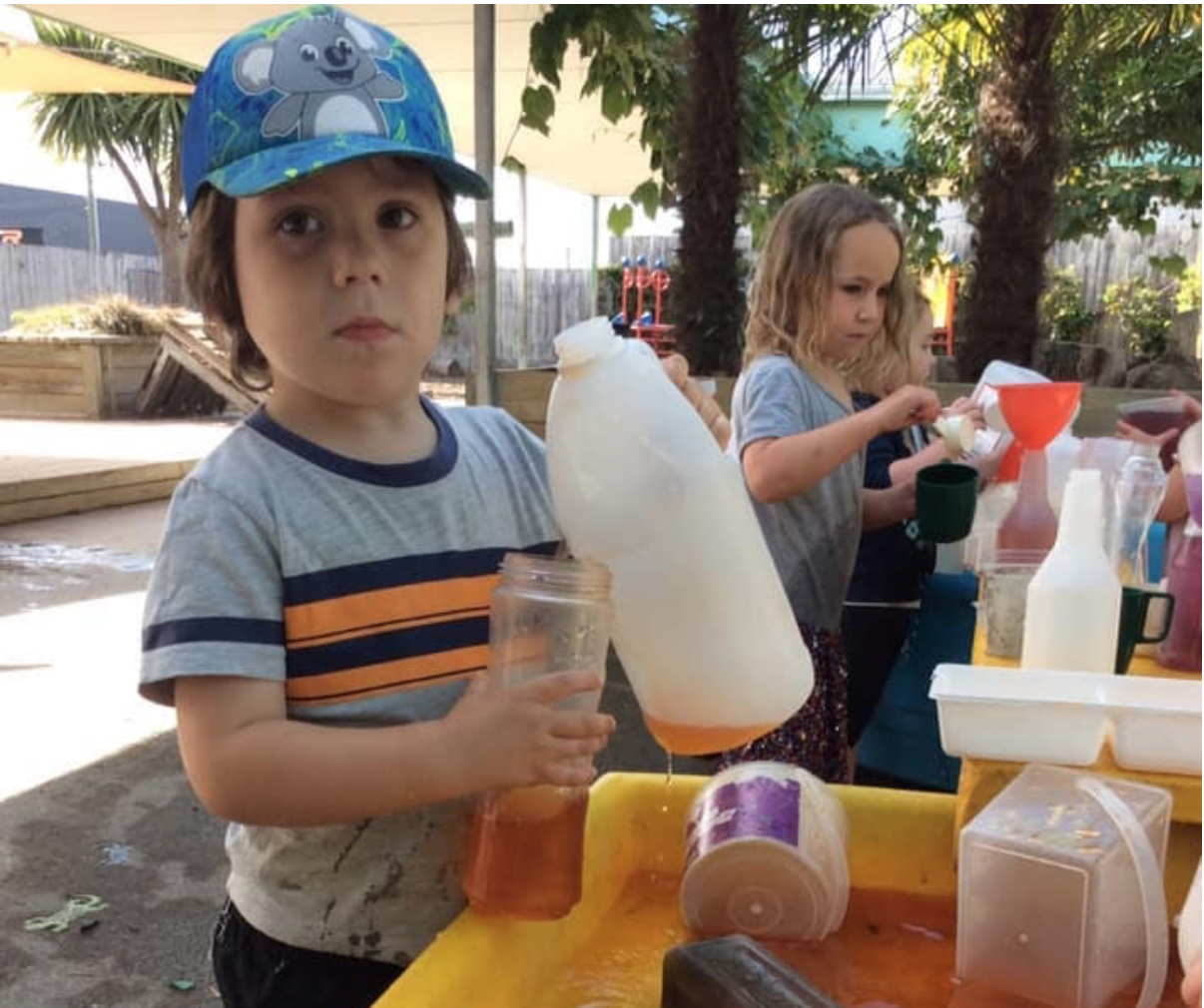
Why Water Play is Such a Good Way to Learn
We love setting up water play for our tamariki. Even on a chilly day a water play station can be a strong magnet for enquiring minds. Now we’re entering the warmest months of the year we know that water play is always popular.
So what makes water play such an excellent learning tool? Water play is a real winner for young children because it provides a huge range of opportunities for learning through play. From science to collaboration, water play promotes an important toolkit of skills.
Let’s take a closer look at some of the key learning areas that water play can support.
Water play is fun!
One of the reasons all children love water play is because it is a lot of fun. Water play promotes sensory exploration. The sensations that children encounter range from varying temperatures to the sound and sensation of the water itself. Explore and discover with them by asking questions. How does it feel? What sounds does it make?
Water play develops language skills
Because water play is so much fun it engages children for hours on end. This creates great opportunities for experimentation and exploration. In turn this allows children to talk about what they are experiencing, why it interests them and why they enjoy it.
Explaining why something is fun requires the right vocabulary. Water play is an important opportunity to furnish our tamariki with a range of new words that allow them to bring their experience to life. Of course because we’re dealing with water that includes a wide selection of onomatopoeic words. It’s a lot of fun to use words that sound like what they are, such as splash, splosh, squirt, spurt and plop.
Water play is great for social and emotional development
Young children are not always the best collaborators but water play is often a good place to spot cooperation in action. Water play stations can become crowded and the demand for tools can become strong. That means it often becomes important to work together to combine skills and equipment for the most effective play.
Exploring why things work the way that they do also takes concentration. Children can lose themselves in the simple process of transferring water from one place to another and the experience of judging how much water fills different containers. This concentration and fascination in play and learning is a valuable skill to encourage and grow.
Water play is full of scientific discovery
Water changes the nature of things. A heavy object floats, a solid object dissolves, a strong object becomes weak. The process of observing the impact that water has on different surfaces, objects and substances is rich in scientific discovery. And it’s a whole lot of fun.
While children may play at experiments and transformation, it’s often in conversation that we can bring to life the science behind what they observe. Questions can encourage them to observe the changes that they create. Older children can be encouraged to predict what could happen, react and evolve their experiment, and even capture ideas and observations afterwards in art and words.
Water play is great for teaching maths skills
From the language used to make comparisons through to observations of volume and space. Water play is an excellent opportunity to start teaching simple maths concepts and bring them to life.
Maths is a natural part of water play and some simple conversations can connect maths concepts with unguided play. This allows children to discover and explore mathematical concepts at their own pace.
What is volume? Filling a container with water and comparing the capacity with another larger or smaller container is a valuable way to bring the concept of volume to life. Comparative words like bigger and smaller become meaningful when used in the context of water play. The opportunities to connect water play and maths really are endless.
Water play is an opportunity to get creative
Water play is often most fun when children drive the play experience themselves. In their minds there’s no reason to separate toys, water and baking into different activities – why not bring it all together and see what happens? The only limit to water play will really be space and how much cleaning up you want to do afterwards.
Children are endlessly creative, naturally. With the opportunity and time to explore water in conjunction with their other toys and favourite things, you might be amazed at what happens next.